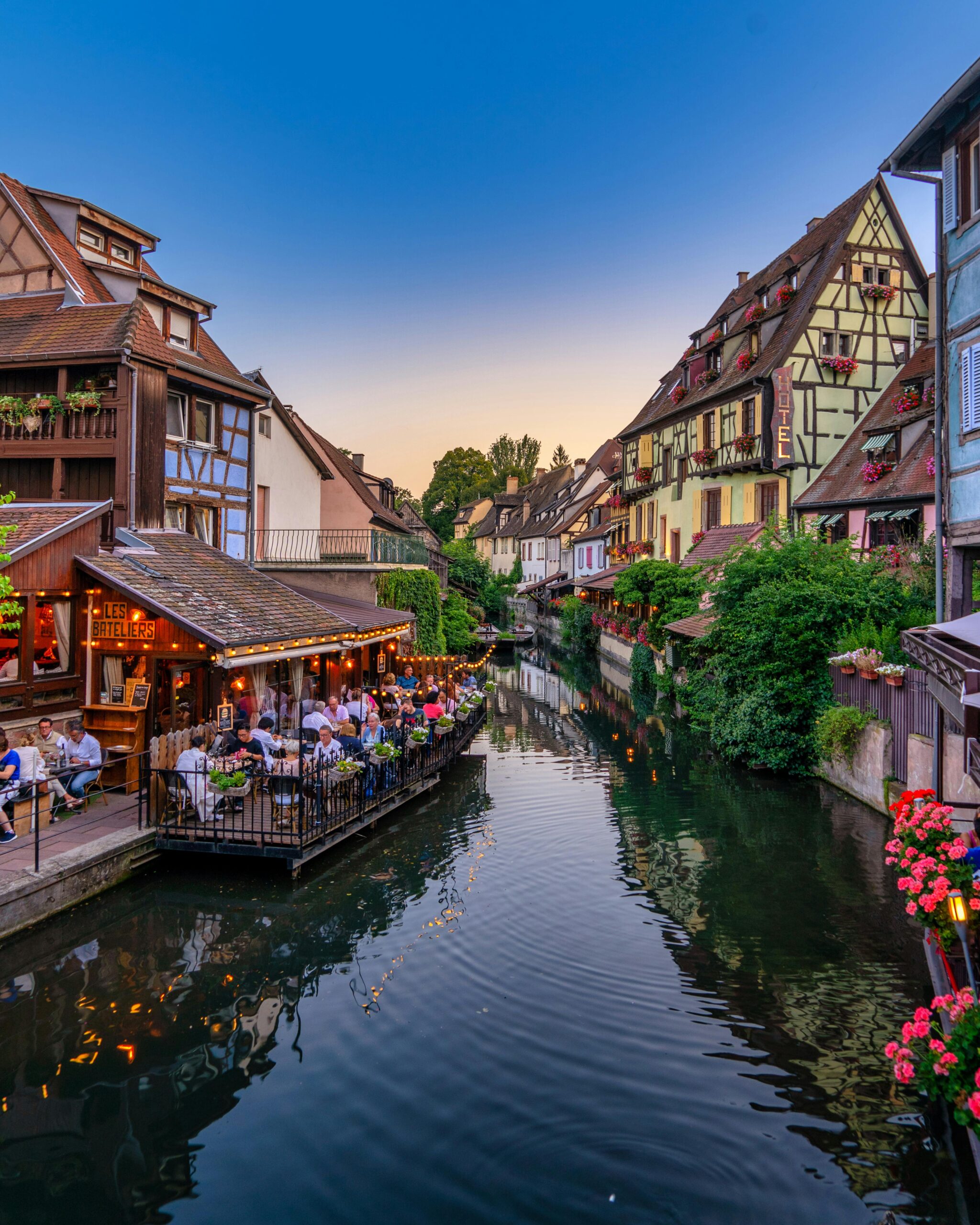A nicely-achieved fade haircut is more than only a trim—it’s a defining detail of favor and self-belief Whether you are new to barbering or an experienced stylist trying to refine your capabilities, learning the fade calls for precision, persistence, and the proper gear. This comprehensive guide will walk you through the method, making sure you gain a pointy and polished fade whenever. Additionally, similar to a nicely precise vehicle from an expert detailing business, A smooth and expertly crafted fade complements your ordinary appearance, leaving a lasting impact.
Understanding the Fade Haircut
What is a Fade?
A faded haircut progressively transitions from longer hair on the pinnacle to shorter hair on the sides and back, growing an unbroken and stylish combo. This versatile cut suits diverse hair kinds and activities, supplying a refined yet easy appearance. There are numerous varieties of fades to keep in mind:
Low Fade: Begins simply above the ears and tapers down for a diffused and classic finish.
High Fade: Starts at the temples, developing a dramatic contrast between the pinnacle and aspects.
Skin Fade: Also known as a bald fade, this style blends the hair down to the skin, imparting a sleek, modern look.
Each fad allows individuals to express their personality whilst preserving a clean, subtle look—much like a professionally targeted car that gleams beneath the sun.
Hair Lengths for Each Type of Fade
Understanding hair lengths is critical for attaining a clean transition and professional outcomes:
Low Fade: Blends from approximately 2 to four inches on the pinnacle to about 0.Five inches above the ear.
High Fade: Starts better, blending from 1 to two inches on the pinnacle to a short taper beneath the temples.
Skin Fade: Features longer hair on the pinnacle (1 to four inches) that seamlessly transitions down to bare pores and skin.
By recognizing these lengths, you may speak more imaginatively and presciently to your barber or achieve a unique cut on your own.
- Essential Tools for a Perfect Fade
- Achieving a professional fade requires the right tools, much like a detailing enterprise needs a great system for the highest quality effects. Here’s what you want:
- Clippers: Adjustable clippers make certain clean transitions among lengths.
- Comb: A first-rate-toothed comb enables phase and mixes hair successfully.
- Scissors: Sharp scissors refine the pinnacle and clean up the general look.
Phoenix Barbershop barbers recommend Wahl and Andis for their reliability and precision when it comes to the best tools.
Preparation and Initial Steps
Preparing the Hair and Scalp
Before reducing, wash and circumvent the hair very well. This gets rid of any buildup and makes the hair extra manageable, similar to how a detailing business preps an automobile before applying a protective coat.
Sectioning the Hair
Use clips to divide the hair into possible sections, making sure precision in each step.
Step-through-Step Guide to Mastering the Fade
Step 1: Choose Your Fade Style
Select a fade fashion based totally on your hair type and private choice. Consider:
A low fade for a diffused, professional look.
A high fade for ambitious evaluation.
The pores and skin fade for a cutting-edge, sharp end.
Step 2: Trim the Top
Use scissors to reduce the top to the favored duration. This step establishes a baseline and makes blending easier.
Step 3: Set the Baseline
Using clippers, set up in which the fade will begin. Start at the back and sides, shifting upward to create a regular manual.
Step four: Begin Blending
Blend from the baseline upward with the use of a barely longer guard. Work in sections, adjusting the period steadily to create a smooth transition.
Step five: Fade the Sides
Maintain symmetry by blending each facet lightly. Frequently step lower back to assess the balance.
Step 6: Taper the Neckline
Use a lower shield to taper the neckline, ensuring a smooth and expert end.
Step 7: Refine the Edges
Use a precision trimmer to clean up around the ears and hairline, ensuring sharp, defined edges.
Step eight: Check for Consistency
Examine the fade from distinctive angles to confirm symmetry. A handheld mirror allows for checking the back.
Step 9: Detail Work
Focus on minor changes, ensuring smooth transitions between lengths. Use a pleasant-toothed comb for precision.
Step 10: Clean and Style
Wash away free hair and practice styling products acceptable to your hair type, just like a detailing business adds finishing touches to a car for a showroom-nice shine.
Maintenance and Aftercare
Keeping Your Fade Fresh
Regular washing and conditioning assist in preserving a fresh look. Use brilliant styling products for introduced definitions.
Product Recommendations
Pomades offer a sleek end, even as matte clays offer a textured look. Phoenix Barbershop suggests American Crew and Baxter of California for top-class effects.
Regular Touch-Ups
Visit a professional barber every 2-three weeks to hold a pointy fade, just like scheduling everyday detailing for a car to preserve its polished appearance.
Troubleshooting Common Mistakes
Avoiding Uneven Blends
To save you harsh traces, combine regular and double-test symmetry with the use of mirrors.
Correcting Overcuts
If you narrow an excessive amount, mix the encompassing regions to balance the look.
Seeking Professional Help
For professional corrections, visit Phoenix Barbershop. Skilled barbers can refine your fade and provide maintenance hints.
Conclusion
A faded haircut, like a top-class career from a detailing business, is an investment in fashion and self-confidence. By following this guide, you’ll achieve a sharp, professional fade that enhances your common appearance. For the ones seeking professional assistance, Phoenix Barbershop offers top-tier services to make sure your fade is constantly clean and unique. Share your studies and tips in the feedback under, and let others gain from studying the art of the fade.











Leave a Reply